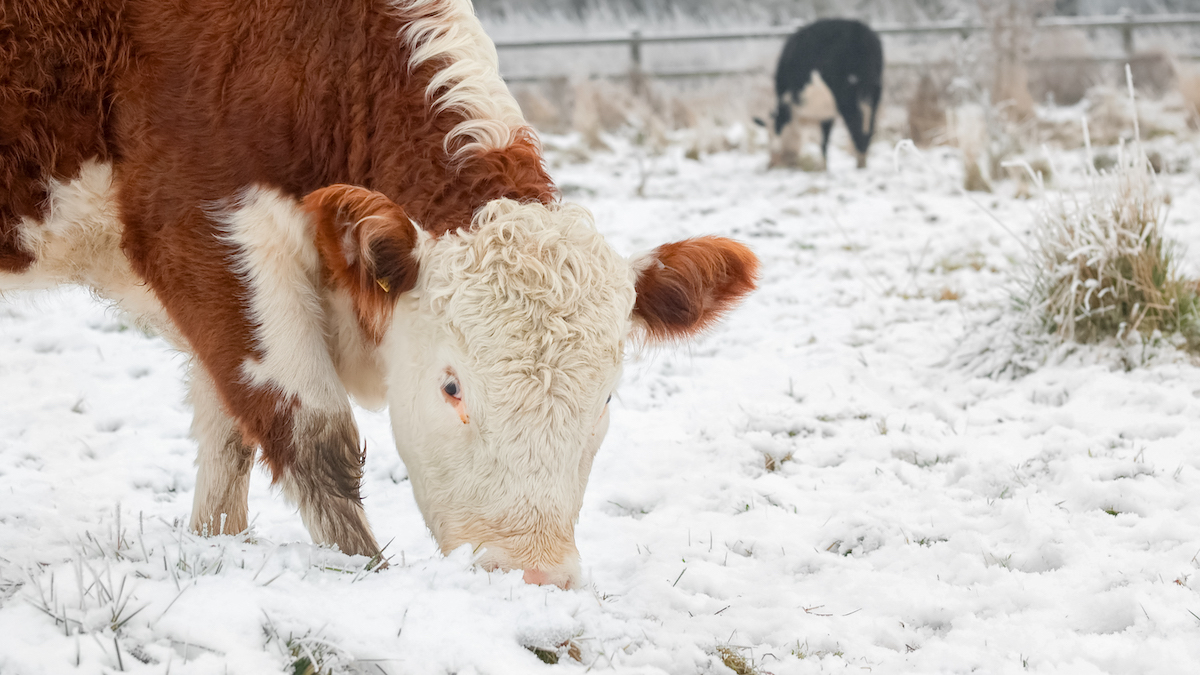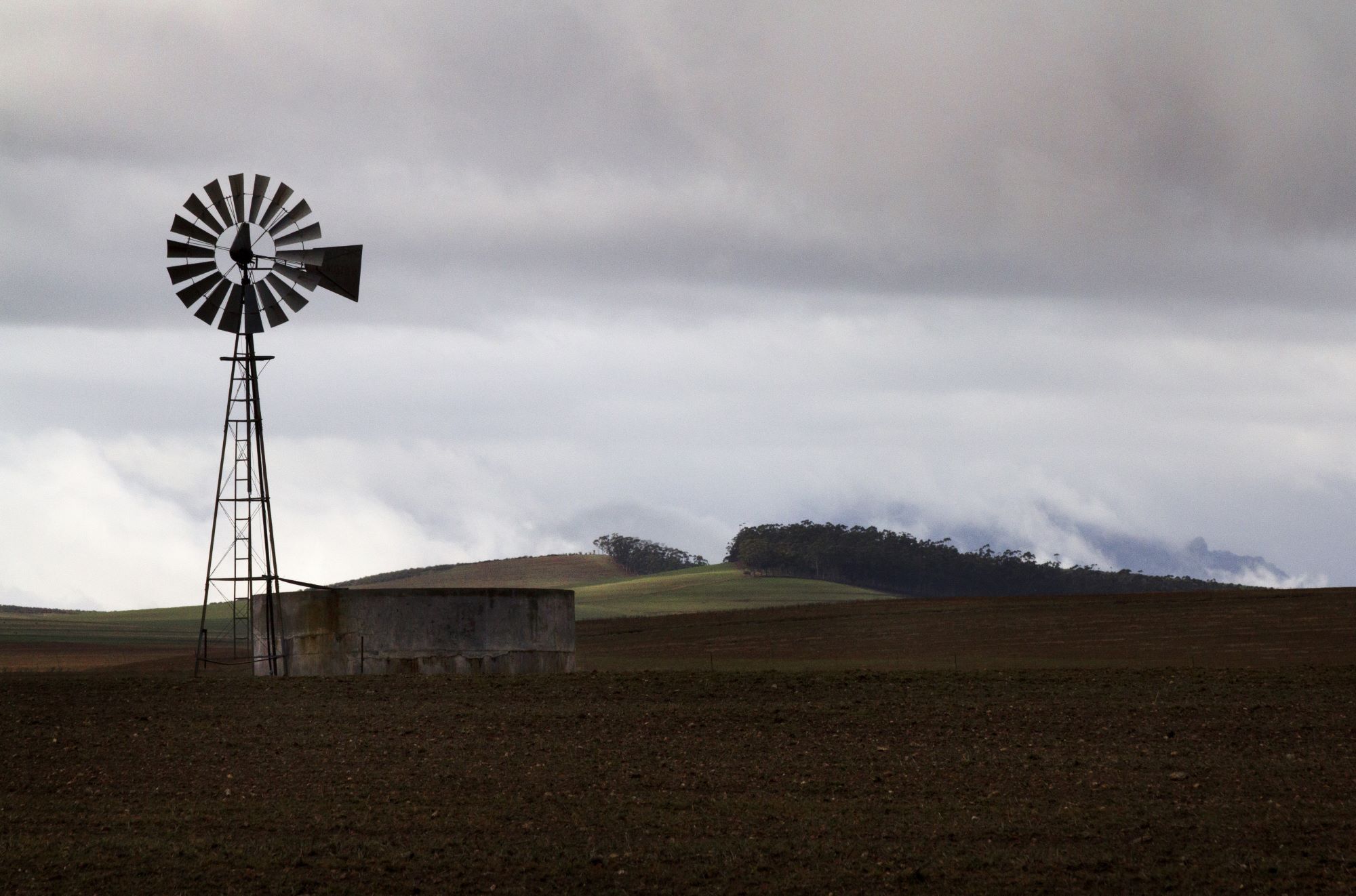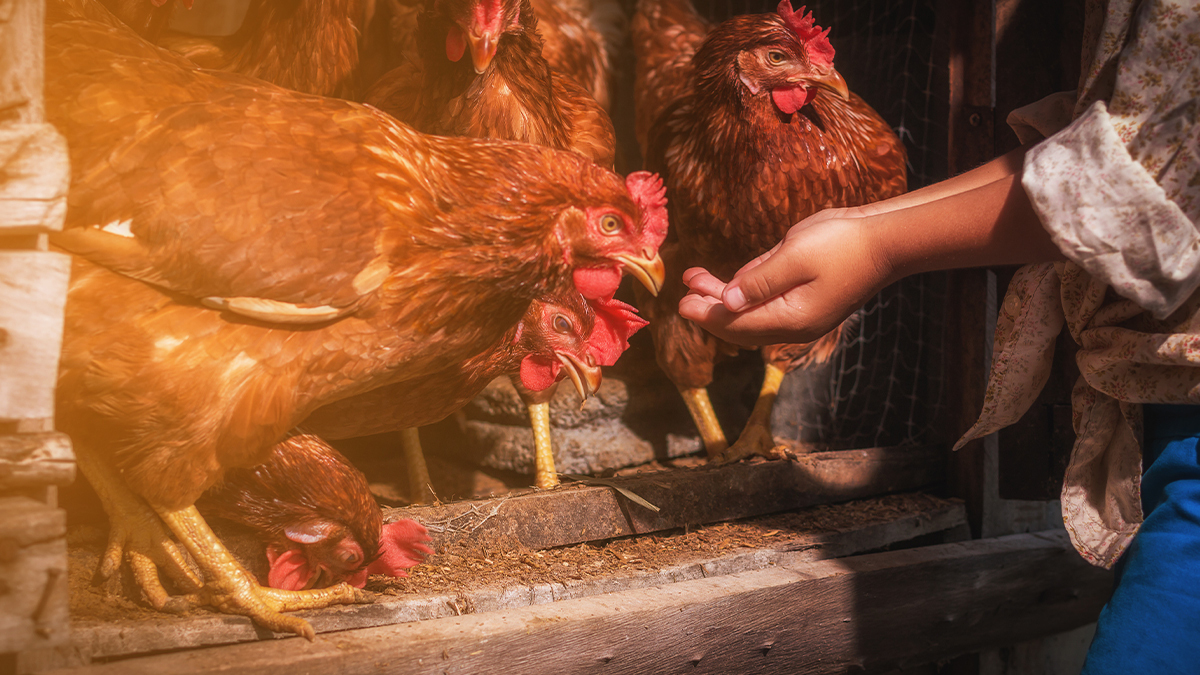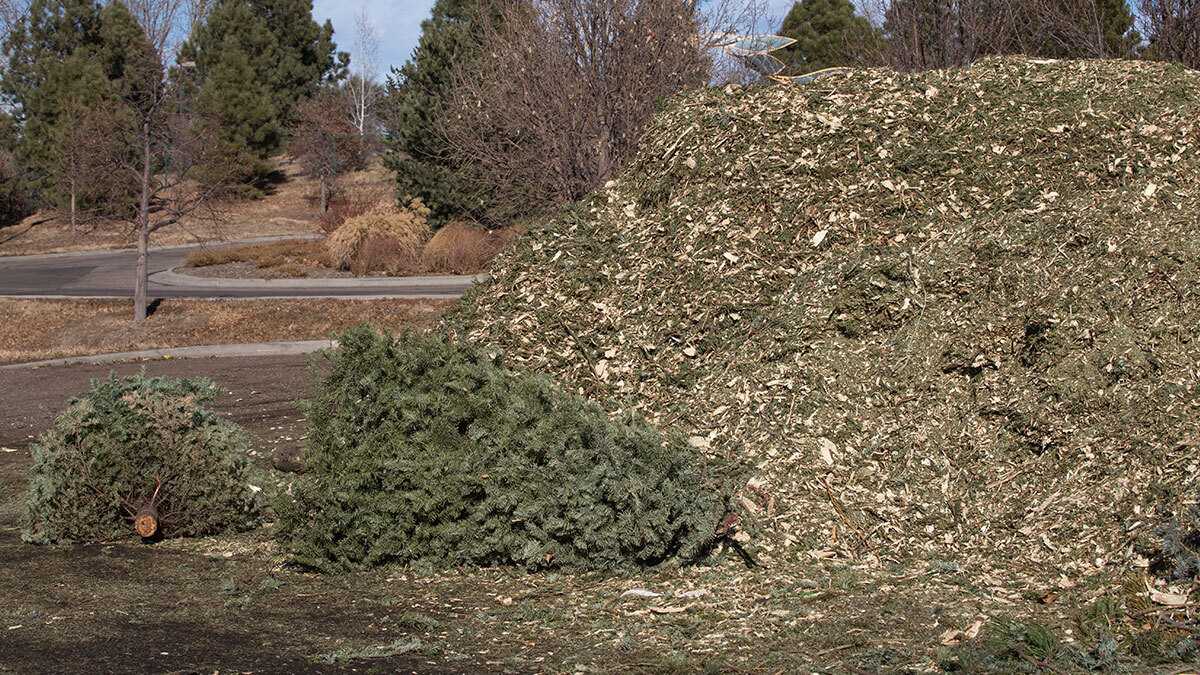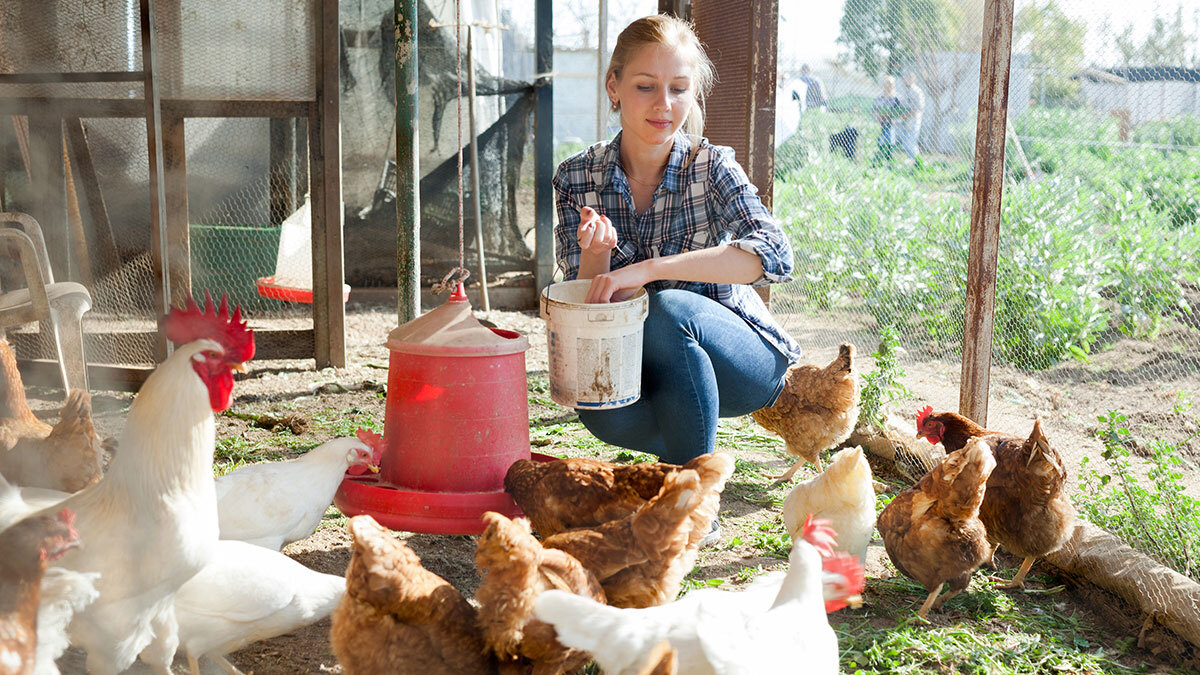By
John Doeon
With winter as good as here, it’s high time to start “freeze-proofing” your livestock’s water. Don’t worry: it’s easier than you might think to stop your livestock’s water from freezing.
Without enough water, animals quickly suffer dehydration and distress. They can lose weight, and worst of all, stop producing. Dehydrated dairy cows and goats quit making milk, chickens won’t lay eggs, etc.
To help you protect your animals, here are the five best tricks and tools to keep their water from freezing, all winter long.
1. Get a Barn to Stop Your Livestocks’ Water from Freezing
We’ll put this out there first…our entire discussion today hinges on the decision of whether to build a barn or not. Barns are, after all, designed to prevent problems like freezing in the first place.
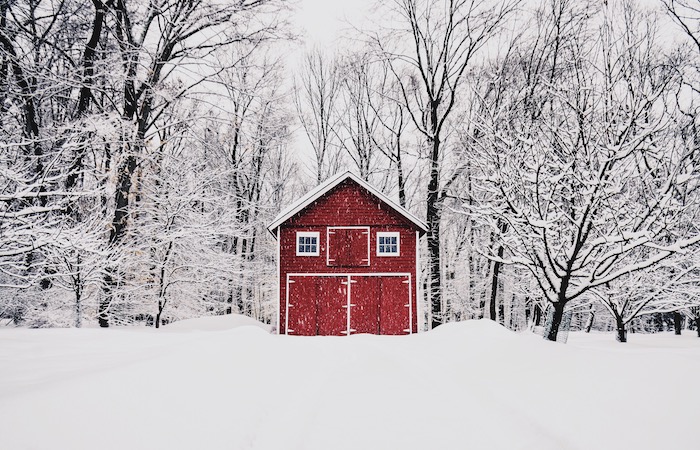
If There’s a Barn in Your Future – If you don’t have a barn but plan on building one soon, you may be better off with simple, less-expensive options you can easily jettison the moment you don’t need them. No use investing too much in a short-term solution.
If There’s No Barn in Your Future – If you don’t think a barn is for you, then we suggest investing in one of the more expensive, long-term options listed here. Specifically, select something you don’t have to constantly repair and revisit. With all the work you’ve got to do on your property, it’s nice to set and forget your water lines.
2. Group Water Tanks Together
If you’re short on time or funds to invest in new equipment, then this is a cheap, simple solution.
How do you do it? Group your water tanks together…that’s it!
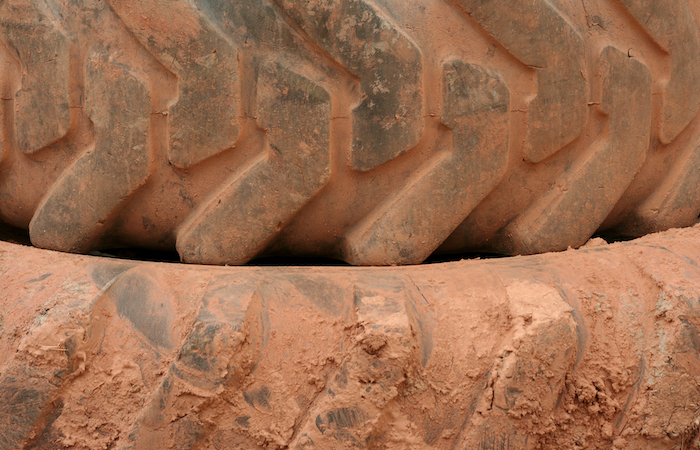
Placing all the materials and animals in a tight group creates more heat—a “heat island” as some refer to it. As a bonus, it also makes it easier for small animals to get to the water (you’ve got to protect those little guys).
3. Buy or Make Rubber-Tire Water Tanks
Lots of homesteaders and farmers report that “tire tanks” work very well at preventing freezing during the winter.
There are plenty of DIY tutorials online for building tire tanks that range from simple to intimidatingly complex. Here’s one of our favorites (from American-outdoors.net):
Materials:
- One tire (doesn’t need to be in perfect condition)
- One plastic or rubber livestock feeding dish (sized to fit into a tire, dark colors are best)
- Insulating material (bubble wrap, shower curtain, etc.)
- One small to medium-sized rubber ball
Instructions:
- Select a tire sized to your livestock (the larger the animal, the larger the tire). Choose a location for your tire that gets as much direct sunlight as possible. Set your tire down in that location with the “O”-shaped opening facing up.
- Pack insulation into the empty “tube” area inside the tire. Stuff in as much material as you can.
- Set the livestock feeding dish into the “O”-shaped opening of the tire. Fill the dish with water; this should cause it to sink into the tire opening, providing a loose seal.
- Place the rubber ball in the water dish to help agitate the surface and reduce freezing.
4. Use Tank De-Icers and Heaters
If you’ve already got a trough or tank, it may not be too difficult to stop your livestocks’ water from freezing might be as easy as installing a heater. There are plenty of options, though your electricity setup and the size of your animals can limit what works.
Here are some of the most popular categories of animal water heaters:
Submersible – Like the name says, these are heaters you completely immerse in the water tank. They usually sit at the bottom of the tank, making it harder for livestock to knock or fiddle with them.
Floating – These are heaters that float on top of your water tank. Unlike some of the other options which can melt plastic containers, floating heaters are safe for plastic tanks. However, they are more vulnerable to damage from animals.
Integrated – Instead of a unit placed inside the water, an integrated heater warms the tank itself, created a more dispersed heat that requires less day-to-day maintenance (though more upfront cost and installation time).
Bucket – These share some qualities with integrated heaters, except they’re for smaller containers like buckets. In fact, some buckets come with a heater already installed. We recommend flat-back buckets that keep water away from the cold ground.
5. Install an Automated Waterer
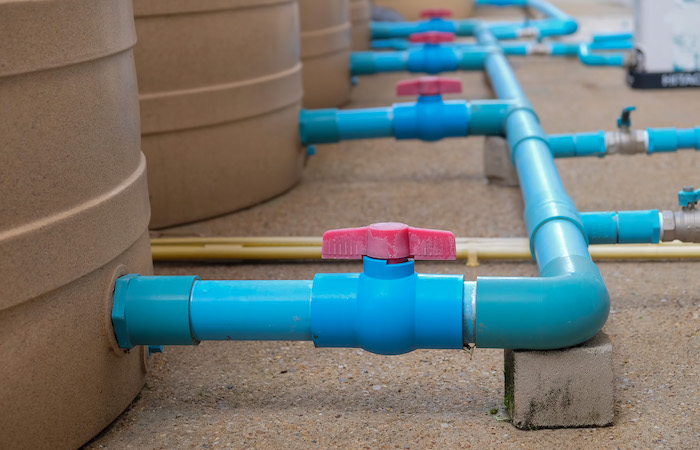
Here’s a more expensive option, but certainly a super-effective one that lasts for many years.
Automated waterers are stationary tanks with insulated bases that receive water through a pressurized line. They come with a float-operated valve control that stops water from filling past a certain level.
Just imagine a giant, insulated toilet tank, and you’re about spot on. Some homesteaders find automated waterers to be overkill, but if your herd is large, they can save you lots of headaches.
Get access to premium content and more!
3 Best States to Find Free Land Today



